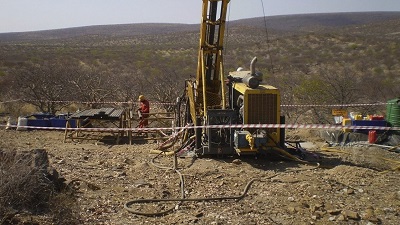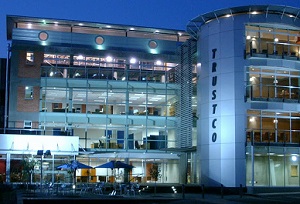
Murphy Lüderitz Oil Co proposes to drill
Murphy Lüderitz Oil Co. Ltd, licence holder and operator of Licence Blocks 2613A and 2613B, which are located in the Lüderitz Basin, is set to drill up to two possible exploration wells in the area of primary interest.
The oil drilling project is set to commence in the first quarter of 2016 upon its approval of an Environmental Clearance Certificate that is to be submitted to the Ministry of Environment and Tourism.
In an announcement last week, SLR Environmental Consulting and CCA Environmental have been appointed to undertake an Environmental Impact Assessment (EIA) in order to ensure compliance with the Petroleum (Exploration and Production) Act, 1991 and Environmental Management Act, 2007 and has invited interested and affected parties to participate and contribute with their input in regards with the project.
The key focus areas that have been identified, and that will be addressed in the EIA, include, physical damage to the seabed and sediment disturbance due to drilling activities and placement of infrastructure on the sea floor; waste and waste water discharge to sea, which could have localised pollution effects; disposal of cuttings which could smother and have bio-chemical effects on benthic organisms; potential interference with marine traffic during drilling; loss of access to fishing grounds due to exclusion zone around the drilling operation (temporary) or suspension of well heads on the sea floor; and potential hydrocarbon spills (i.e. a small accidental spill from normal operations to a large spill from unplanned failure events such as well blow-out).
Earlier this year in March, Murphy received an Exploration Licence from the Ministry of Mines and Energy (MME) to undertake a three-dimensional (3D) seismic survey in Blocks 2613A and 2613B. Of which Murphy subsequently undertook a 3D seismic survey over a 4 000 km2 portion of the licence area, between April and June 2014.
“Based on an analysis of the seismic data, Murphy is now proposing to drill up to two possible exploration wells in the area of primary interest in order to fully appraise the hydrocarbon potential of the geological structure or ‘prospect’,”according to SLR.
Meanwhile the actual drilling is scheduled to commence in the first quarter of 2016.
The expected final depth of the well would be approximately 5 600m below the seafloor and drilling with its associated testing is expected to take up to approximately three months per well to complete.
In overview of the project, Murphy proposes to drill up to two possible exploration wells in the area of primary interest, which is located in water depths ranging between 400m and 1 000m, while a second well would ultimately be based on the success of the first well.
The final well location would be based on a number of factors, including further detailed analysis of the seismic data, the geological target and the presence of any sea floor obstacles. Pre-drilling site surveys may also involve echo sounding, side-scan sonar, sub-bottom profiling and core / grab samples.












































